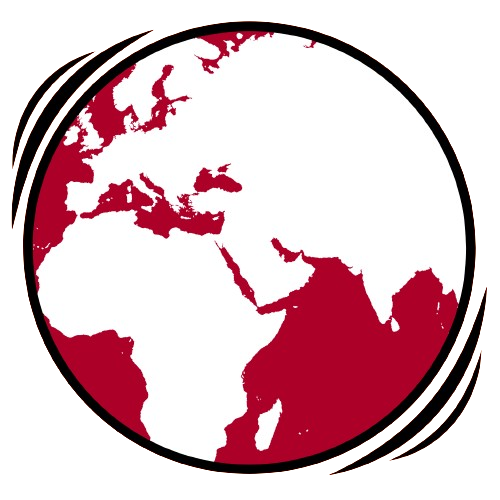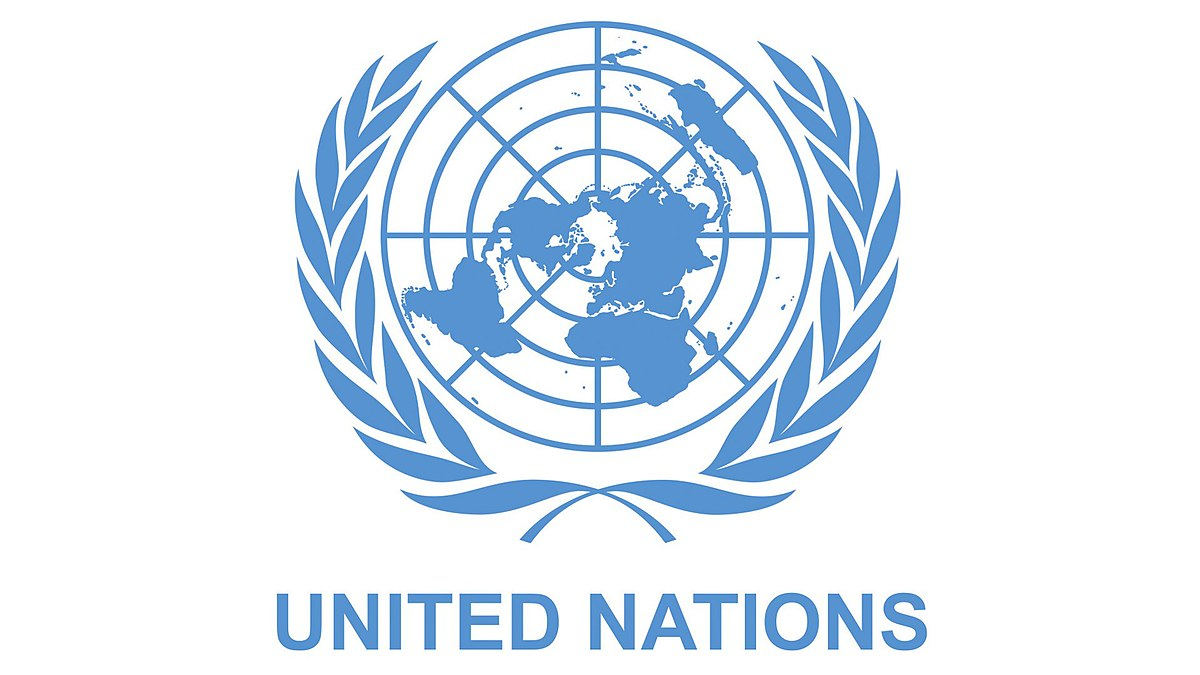World leaders, gathering in New York, are set to adopt on Sunday a Pact for the Future aimed at strengthening global governance for the sake of present and future generations, ahead of next week’s annual UN General Assembly high-level debate of its 79th session.
The action will taken at the Summit for the Future, a “once-in-a-generation opportunity “ , to address growing global challenges.
The 8,000-word document, which will be adopted by consensus, sets out 58 actions to strengthen the global system. There have been last-minute wrangles over the wording on climate, disarmament, international financial architecture, gender and human rights.
UN Secretary-General Antonio Guterres, in the seventh year of his 10-year tenure, has pushed for this summit, saying he wants to see better multilateral cooperation to resolve current conflicts, fight climate change, and ease global hunger and debt, while stressing the need to involve the youth in the process. He has said he is also worried about emerging challenges, including the power of artificial intelligence (AI).
In recent interview, Pakistan’s UN Ambassador Munir Akram, who remained deeply engaged in the intensive preparatory process of the Summit, said that as the world transition from the unipolar world order to what he called ‘bipolar plus’ order, the countries are bound to adapt to the changing external environment.”
The world, he said, needed to carefully weigh the options to be able to calibrate befitting policy responses.The Pakistani envoy also underscored the need to provide youth with adequate resources, especially in developing countries in fields not limited to economic and social but extends to technological support on a nationwide level.
He laid emphasis that in order for the youth to bridge the gap towards their aspirations, the pact of the future aims to strive towards ensuring that resource allocation and need identification is effectively done and that it needs to happen at a regional level.
And first, in order to ensure voices are heard at a global level and how they would aim to create more spaces to allow them to be a part of.
Ambassador Akram lauded the UN chief for identifying and giving utmost attention to the discussion of Youth and making it officially one of 5 chapters that are aimed outcomes to negotiate over.
As regards the UN Security Council reform, the pact recognizes an urgent need to make it “more representative, inclusive, transparent, efficient, effective, democratic and accountable” but makes no specific proposal for how to change it. It does, however, set out guiding principles for reform, including to “redress the historical injustice against Africa as a priority” and improving the representation of the Asia-Pacific region, Latin America and the Caribbean.
“The question of the veto is a key element of Security Council reform. We will intensify efforts to reach an agreement on the future of the veto, including discussions on limiting its scope and use,” it says.
There are several proposals to reform the international financial architecture so that it better supports the UN’s sustainable development and climate goals.
The leaders agree to strengthen the multilateral response to support countries with unsustainable debt burdens, inviting the International Monetary Fund to look at ways to improve the sovereign debt architecture.
Earlier this week, the UN Under Secretary-General for Policy and UN lead for the Summit, Guy Ryder, briefed journalists on the “very ambitious agenda” for the conference.
“The idea of the Summit is to render the United Nations, the multilateral system, more effective in the fulfillment of its mandate; to make it more participatory, more networked. This, in the face of the very clear global challenges that we face,” he said.
“The fact that the world has changed and is changing rapidly, and the reality that many of our governance structures date back to the creation of the United Nations when it had 51 Member States instead of the 193 Member States who will be gathering at the Summit itself.”
Over 130 Heads of State and Government are expected to attend the landmark event. Pakistan is expected to be represented in the Summit of the Future by Defence Minister Khawaja Mohammad Asif following the cancellation of visit by Deputy Prime Minister Ishaq Dar.
The event was preceded by two “action days”, where non-governmental organizations (NGOs), academics and private sector representatives — a total of over 7,000 people — engaged on the main themes.
Ryder also gave an overview of the Pact, which he called “the mother document”.
It will contain five chapters covering sustainable development and related financing; peace and security; science, technology and innovation; youth and future generations, and transformation of global governance.
The chapter on science, technology and innovation “is where the annex on the Global Digital Compact comes into play,” he said.
“The objective of the Global Digital Compact is to make technology work for humanity equitably,” he explained, highlighting the need for action to close digital divides and create systems to govern artificial intelligence (AI), among other goals.
Meanwhile, the Declaration on Future Generations aims to ensure that decisions made today take into full account the needs and interests of tomorrow.
“This is something which is not only worth having. It is something that we need to secure for the future.”

